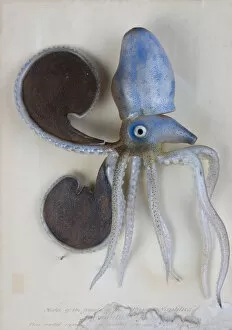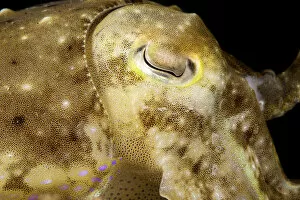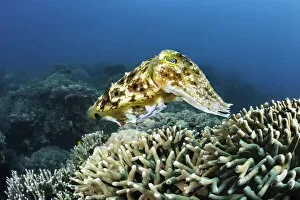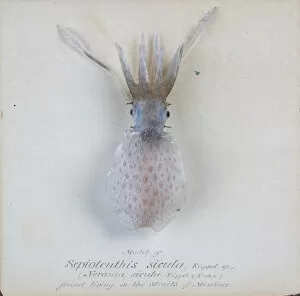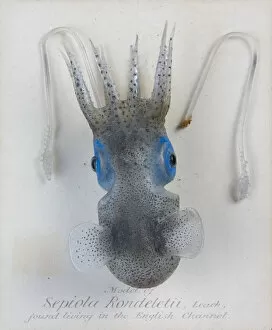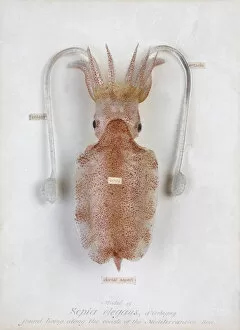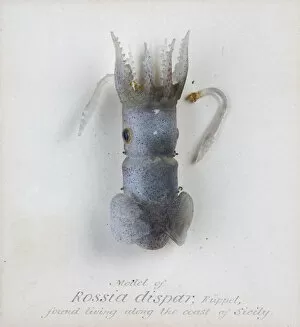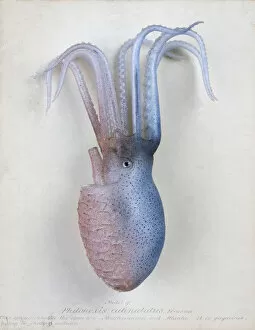Cephalopoda Collection (#3)
Cephalopoda, the mysterious and captivating creatures of the sea
All Professionally Made to Order for Quick Shipping
Cephalopoda, the mysterious and captivating creatures of the sea. From the giant octopus to extinct marine reptiles, these animals have fascinated scientists and adventurers alike. Imagine diving into the depths of the ocean and coming face to face with an ancient Asteroceras, a fossil ammonite that once roamed these waters millions of years ago. Or witnessing the mesmerizing sight of an Ocellate octopus gracefully swimming up from the sea floor, its vibrant colors illuminating its path. Octopuses are known for their intelligence and adaptability. Take for instance the veined octopus resting on top of two halves of an old coconut, using it as both shelter and camouflage. These creatures never cease to amaze us with their resourcefulness. Intriguing portraits capture moments in time when a bigfin squid hovers in open water above corals, showcasing its ethereal beauty. And let's not forget about deep-sea species like Abraliopsis atlantica found off Cape Verde in the Atlantic Ocean - they remind us just how diverse our planet truly is. For those seeking adventure, exploring Asia offers encounters with various cephalopods such as cuttlefishes darting through colorful coral reefs or Asian squids gliding effortlessly through azure waters. The Argonauta hians, commonly known as brown paper nautilus, showcases nature's artistry with its delicate shell resembling crumpled paper. It serves as a reminder that even within this group there is immense diversity. Coconut or veined octopuses are nocturnal hunters who venture out into sandy bottoms at nightfall - witnessing one skillfully hunting is like observing a master magician at work. A wide-angle macro view reveals intricate details as a veined octopus stretches itself across rocks or plants underwater – reminding us that beauty can be found even in small-scale wonders. Cephalopoda encompasses all these incredible beings - each with its own unique characteristics and behaviors.





